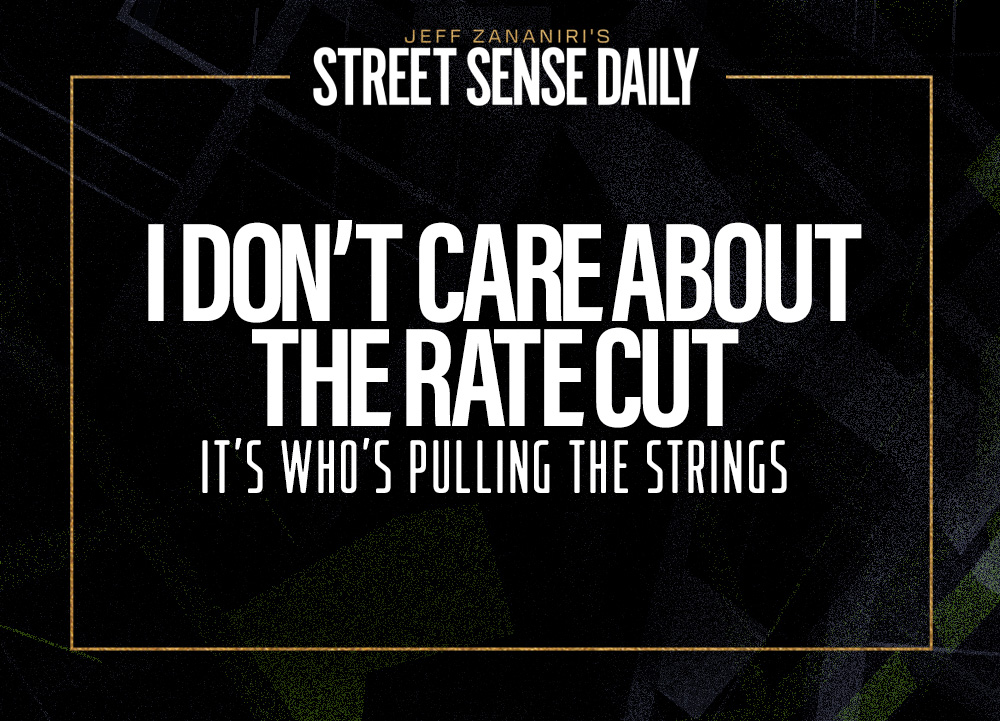When I first got to Wall Street years ago, there was a guy on the trading desk everyone called “Larry the Legend”: mid-40s, slicked-back hair, custom suits, always had two phones in front of him and never missed lunch.
Larry had a run back in the early 2000s where he made $2 million in six months.
People acted like the Legend was untouchable. You’d walk by his screen and hear him barking orders like a general.
You’d hear him bragging about five-figure days.
But, for all of that, Larry’s story didn’t end well.
He had one bad week because of one particular trade he clung to like a barnacle, and it all blew up. Took him out of the game for good.
I never forgot that.
Because here’s the truth: It’s not the winners that make you. It’s the losers you’re willing to take.
Most traders are obsessed with entry points:
What chart pattern is setting up? What strike to buy? What expiration has the best risk-reward?
And yes, entries matter.
But exits are where you either stay in the business or lose your account.
Let’s talk about using exits the right way.
One Gut Punch Too Many
Early in my career, I was long a bunch of calls on a big biotech name heading into earnings.
Everyone thought the FDA approval was a lock. The stock had been creeping higher for weeks and I had size on it.
I’m talking big size.
Earnings came out and the stock gapped down 30%.
It was a gut punch.
You never forget the first time you wake up and realize you’re down more in one day than most people make in a month.
But I’ll tell you what saved me: I cut the position in the first five minutes.
Took the hit. Didn’t think, pray, or rationalize.
Just sold the damn thing.
It was a terrible trade. But I walked away with bruises, not broken bones.
And because I did that, I was still around the next day to find something better.
Just Let It Go
The problem is, most traders don’t want to let go.
They hope and wait and move their stops.
They say, “It’ll come back.”
But hope isn’t a strategy, and your account doesn’t care what you “think” should happen.
That catastrophic early trade taught me a rule I still follow to this day: If a trade’s not doing what it’s supposed to do, I’m out.
Period.
Even if it’s a small loss or breakeven. Even if I “think” it’ll turn around.
The trade doesn’t care about your ego and the market doesn’t owe you a bounce.
Your job is to stay in business.
Cut the Cord
If there’s one move that’ll save your account over and over again, it’s this: Take your losses fast.
Get out early, before the damage compounds and you lose confidence or chase something worse.
Most of the time, the difference between a -15% drawdown and a -3% paper cut is about 10 minutes of indecision.
You’re not going to love every exit, and that’s fine.
But if you’re always protecting your downside, you’ll be alive long enough to catch the trades that change everything.
That’s how I survived 10 years without a losing quarter — because I knew how to be wrong the right way.
And I did it fast.
Stay street smart,
Jeff Zananiri
P.S. Join Aaron Hunziker Saturday at 4 p.m. ET to learn how to double or triple your game using quick, strategic options.
He’ll pull back the curtain on a strategy that has shown the potential for steep gains if you know how to use it right.
*Past performance does not indicate future results



